Tonight, Tonight, Won’t Be Just Any Night
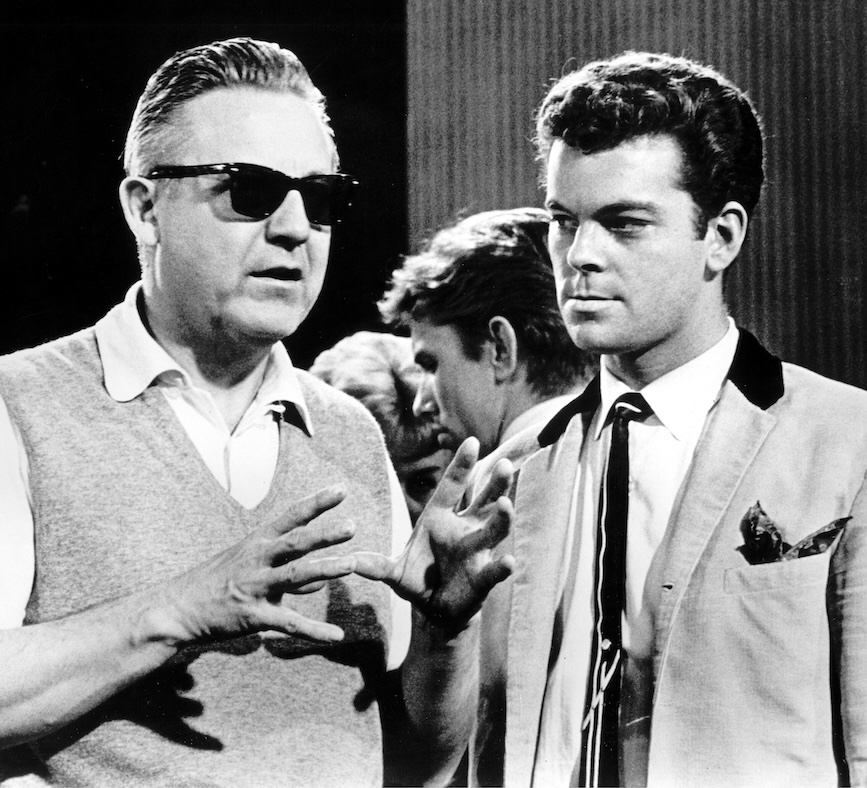
Another dance at the high school gym. So predictable. The punchbowl, the bored chaperones, the colored lights borrowed from the theater department, all that dangling dime store chiffon. But the Jets and the Sharks are using the dance as a pretext for some sort of war council. Righteous, daddio! Bernardo, leader of the Sharks, is glowering in his immaculate Irene Sharaff suit and spoiling for a brawl. When the Jets’ leader makes his entrance he is spinning through the charged air like a dervish at a pep rally. Wow! Nothing says War Council like a flying roundup back flip and full twist! Bernardo, you sure you wanna rumble with that?
“One of the things that Jerry told me when we started out,” Russ Tamblyn says with an amused expression – his default expression, it must be said – “he told me, ‘I’ve seen your movies, Russ, and you tumble a lot. Riff is not an acrobat, he’s a gang leader. You’re going to have to do this movie without tumbling.” The Tamblyn grin is growing. “I said, I hear you, Jerry. I’ll do my best.” Two beats. “Then Jerry was fired from West Side Story and he left the set. His assistant Tony Mordente took over. One of the first things he said? ‘Russ…let’s put the tumbling back in.’” At the film’s 1961 premiere, someone taps Tamblyn on the back. He turns around and his face falls. “I love your dancing, kid!” It’s Fred Astaire. Who else?!
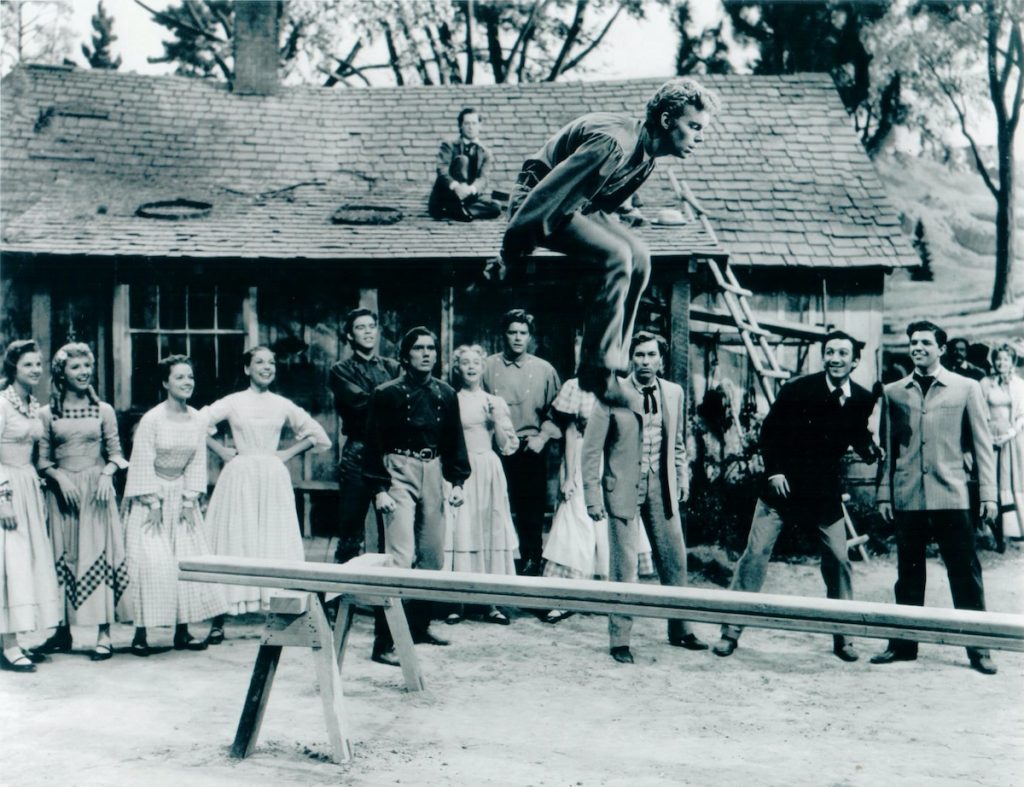
“Well, I’ve had a pretty fascinating life,” Tamblyn understates. “The thing is – it just kind of happened to me! It wasn’t planned, it wasn’t like, well, I’m going to do this and I’m going to do that. Something would come up and I would decide whether or not I wanted to do it.” A pause and a chuckle. “And most of the time I would just do it.”
One of the last actual film icons from the Golden Age of Hollywood, Tamblyn will be appearing at Chaucer’s Books this very evening (Thursday, Feb. 27) in support of his just-published and long-gestated memoir, Dancing on the Edge. The book is a (spoiler alert) jaw-droppingly sweet read whose absolutely packed pages colorfully follow a guy who, from childhood, seized his days with spark-throwing gusto.
But for all the Hollywood joy this overcaffeinated bottle rocket of a man has gifted the world, he’s not one of those 40-foot TechnicolorScreen Titans you can’t imagine bumping into on the street. You wouldn’t mistake the guy for Ava Gardner. He’s one of us and always has been. There is only one Russ Tamblyn. Tinseltown likely wouldn’t have survived two of him.
“In West Side Story, Robbins did have me doing a lot of strutting while everybody else was dancing behind me,” Tamblyn says. I can imagine him beaming like an eight-year-old named Rusty. “But I’m a good strutter!”
Pole Position
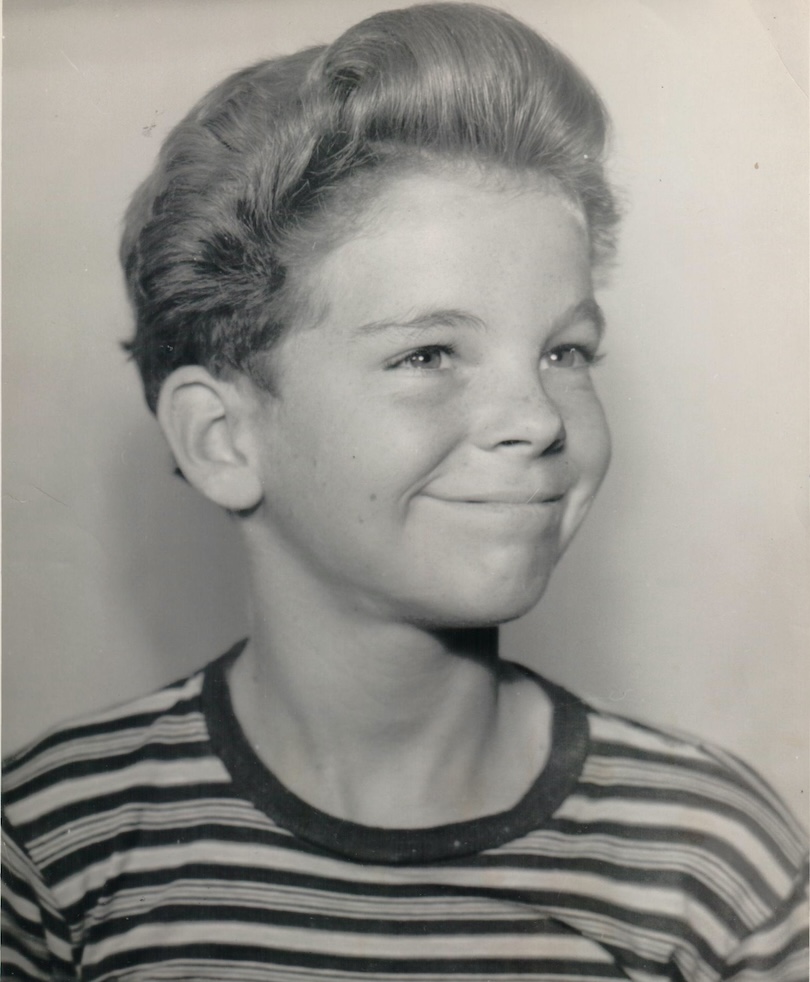
Tamblyn’s most famous role may be that of Riff, leader of the Jets in 1961’s West Side Story, where he and his gang – in blue jeans and sneakers – leap and gambol balletically in the streets of New York. It is by far the damnedest, most exalting thing you’ll ever see on screen. I promise.
Born to vaudevillians Sally and Eddie – his mom a gifted pianist and teacher whose living room rendition of “Clair de Lune” Tamblyn still remembers with melancholy fondness, his dad a gifted ‘specialty dancer’ trying to stay in the game as the game was changing – Tamblyn may have showbiz in his blood. One early exploit finds him betting the neighborhood marks he can climb to the top of a telephone pole and do a handstand.
“I’m very comfortable in high place like that, so it was pretty easy,” Tamblyn says. In the event, he shimmies up in no time and effects a perfect handstand, at which moment his mom exits the house, sees Rusty up there and nearly faints. If she yells, he’ll plummet. “Russell!!” she hisses in a desperate whisper. Tamblyn climbs down and the kids hand over the box office. Young Tamblyn’s fearless athleticism will take him places, some of them exhausting to mom. She gets the idea of channeling Rusty’s energy and signs him up for dance lessons. Hoo boy.
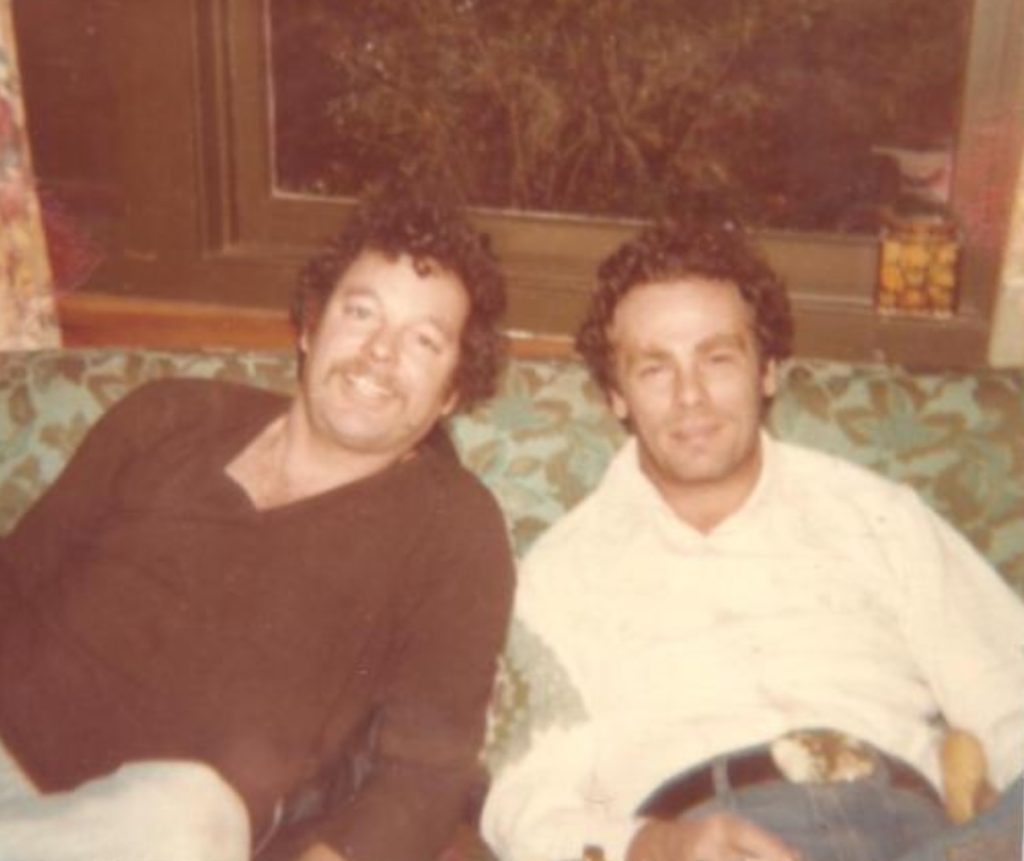
Following a successful audition for Lloyd Bridges’ play The Stone Jungle, Tamblyn gets great notices for the limited run at the Coronet Theatre in Hollywood. 1948; Russ is 13. Bridges sings the kid’s praises and tells him he’s going places. Then Tamblyn gets an agent and starts going places. Soon he’s schooling on the Paramount lot with classmates Dean Stockwell and Elizabeth Taylor, roughhousing with fellow child stars and jolting Alan Ladd and Gene Kelly from their midafternoon naps. You know how it is.
By 15 he is in Father of the Bride with Spencer Tracy, Joan Bennett, and classmate Liz Taylor.
Fastest Gun Alive, Seven Brides, West Side Story, Fine Art, Bonnie
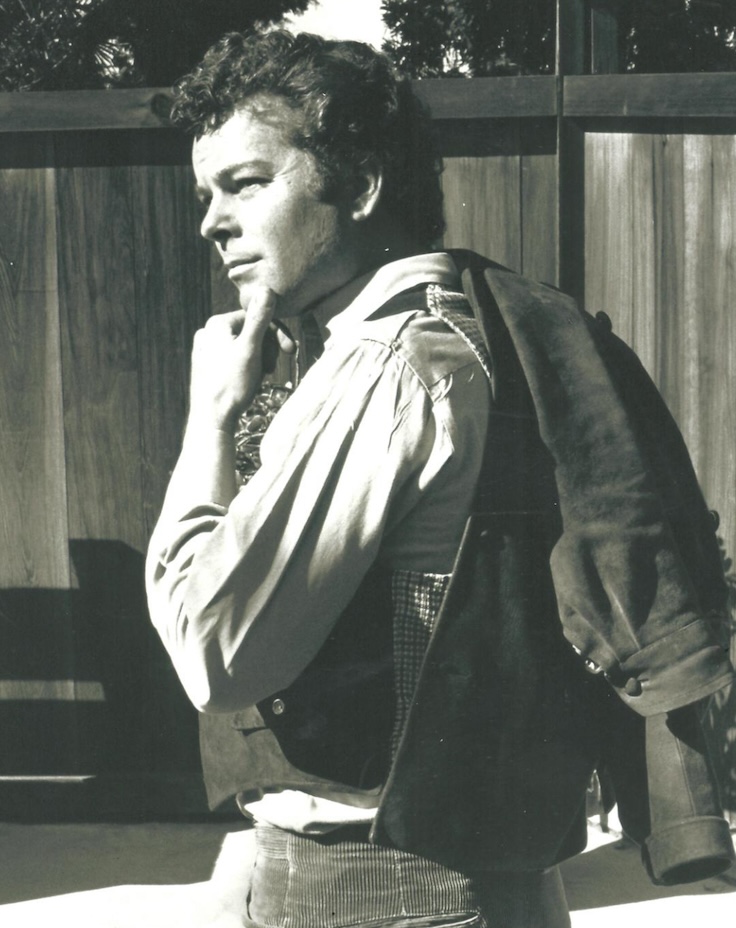
Young Tamblyn’s onscreen energy is earning him a reputation the studios are loathe to waste. He’s cast in a movie called The Fastest Gun Alive starring Glenn Ford – a dark film about a quick-draw sheriff trying to outrun his tormenting past. Naturally the studio wants a dance number. “There was no music in it,” Tamblyn says with mild wonder. “I mean, it was The Fastest Gun Alive. It was a cowboy movie!” They don’t consult with Mr. Ford. Tamblyn and choreographer Alex Romero turn a cowhand’s barn dance into a frontier Cirque du Soleil – Russ dancing on shovels, vertically launching from a seesaw, and swinging on a rope through every cubic inch of the set like a madman. Some of the extras, old codgers from central casting, can be seen breaking character to gawp at the kid. Ford finds out and has the scene removed, but it’s later reinstated at the insistence of a test audience.
“Later on I did another movie with Glenn and I asked him about it. He said, ‘Look, Russ – I love dancers, and I love dancing. I’m married to (early tapdancing goddess) Eleanor Powell, aren’t I?’” Tamblyn laughs. “He said he used to come down in the morning and he could hear her tap dancing in the kitchen while she was making breakfast. ‘But here we are doing this serious Western, and suddenly there’s a guy flying all over the barn!’” More laughter. “We became good friends after that.”
Seven Brides for Seven Brothers (tumbling!), West Side Story (shin splints!), The Young Guns (see title), Peyton Place (Russ’ Oscar nomination!), and much later on TV, Twin Peaks (David Lynch!) – Tamblyn moves from project to project. By the mid-sixties he’s burnt, and in a typical period of Tamblyn Kismet he befriends his literary idol Henry Miller, meets change agent/artistic polymath Wallace Berman, moves from a mansion in Pacific Palisades to a modest home in Topanga Canyon, and drops out of the movies.
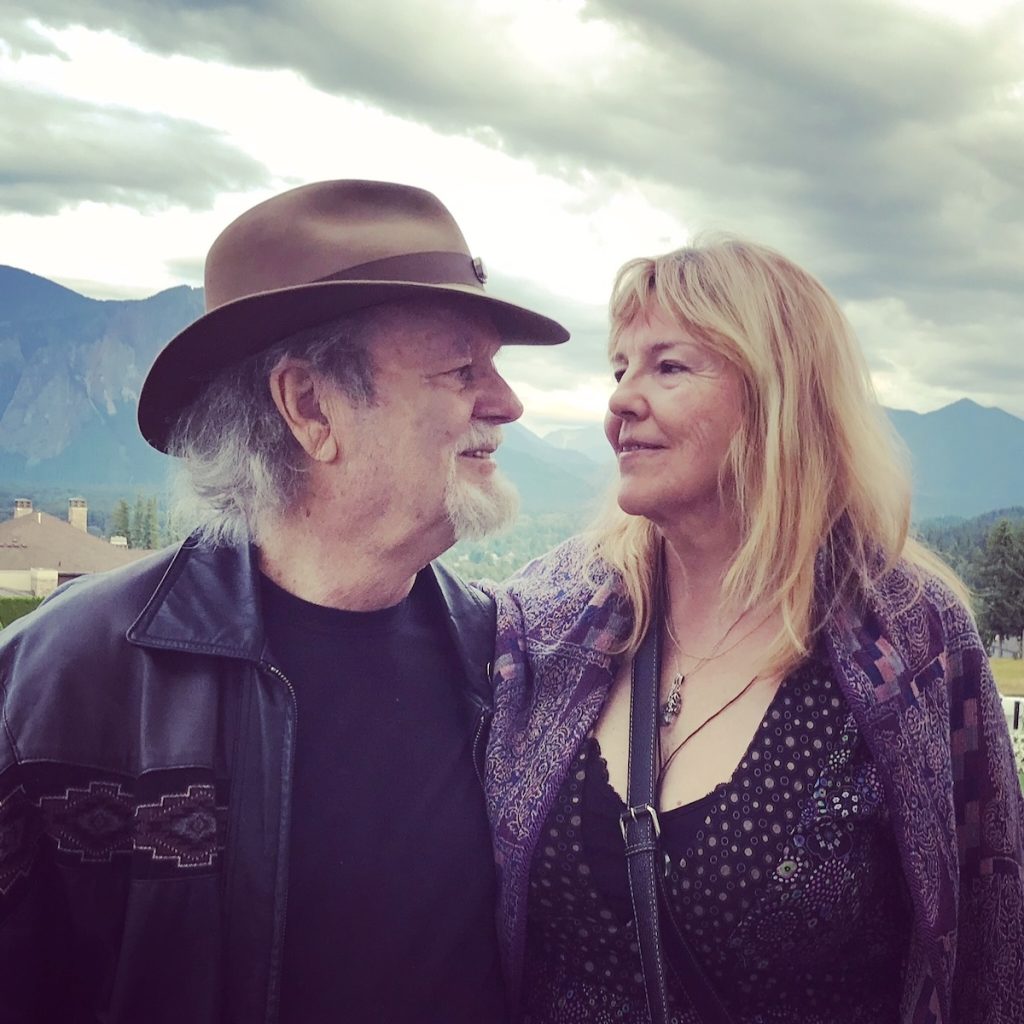
Russ Tamblyn becomes a fine artist and throws himself at it, later having shows at LACMA and the Los Angeles Institute of Art. He befriends Neil Young, a Topanga neighbor, who comes to Tamblyn’s house and works out songs while Tamblyn carefully constructs his collages. They make experimental short films together. Yes, this all really happened.
And in 1980, having married and divorced twice, never having felt completely at ease in the skin of a ‘husband,’ Russ finds his love. An actress and composer named Bonnie, she’s singing the stars out of the sky on the stage of the Topanga Corral one night, and is in every other way a dizzying knockout. They marry in 1981. At long last Russ Tamblyn finds his feet. And a new vocation.
“What I did with Bonnie was – well, I was like her roadie, carrying all of her equipment when she had a gig somewhere…”
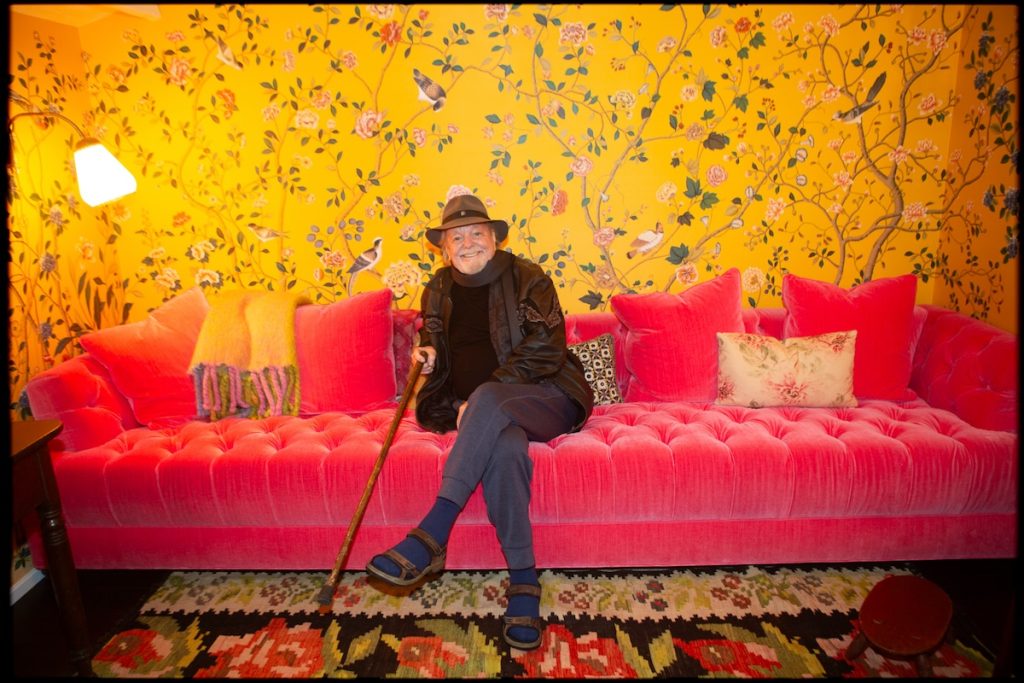
Russ Tamblyn is a movie star from the epoch when that meant something. More significantly, he’s the lucky guy who found success, adventure, himself, and the love of his life. Yes, in that order. That he was able to achieve these wildflower-bedecked summits while navigating the Hollywood melee… Tamblyn may just be the Neil Armstrong of self-discovery.
“I always thought of myself more as an acrobat,” he says thoughtfully. I’m treated one last time to the mischievous kid-grin of this mostly harmless troublemaker. “Well, tumble to music and people think, my God, he’s a great dancer!”





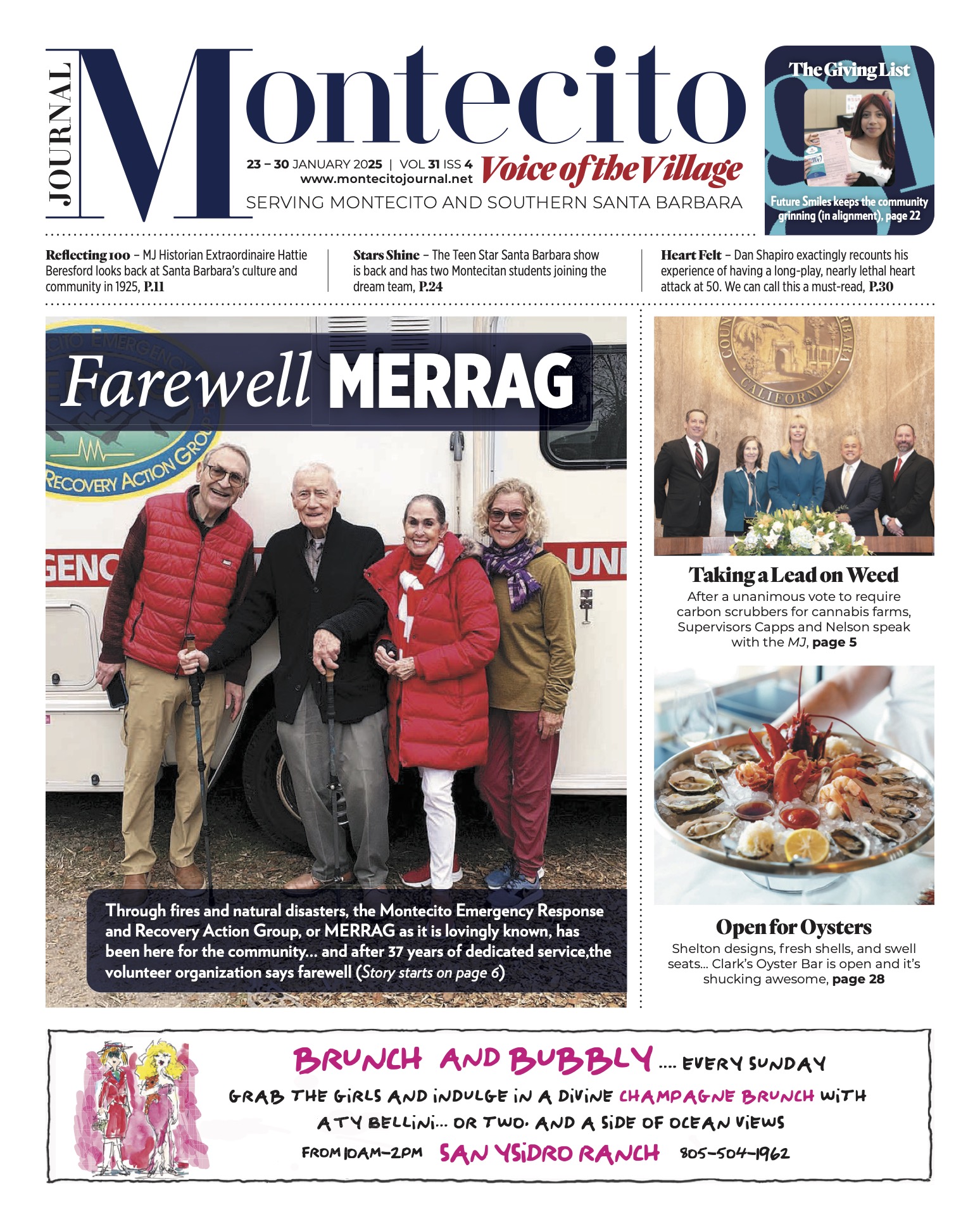
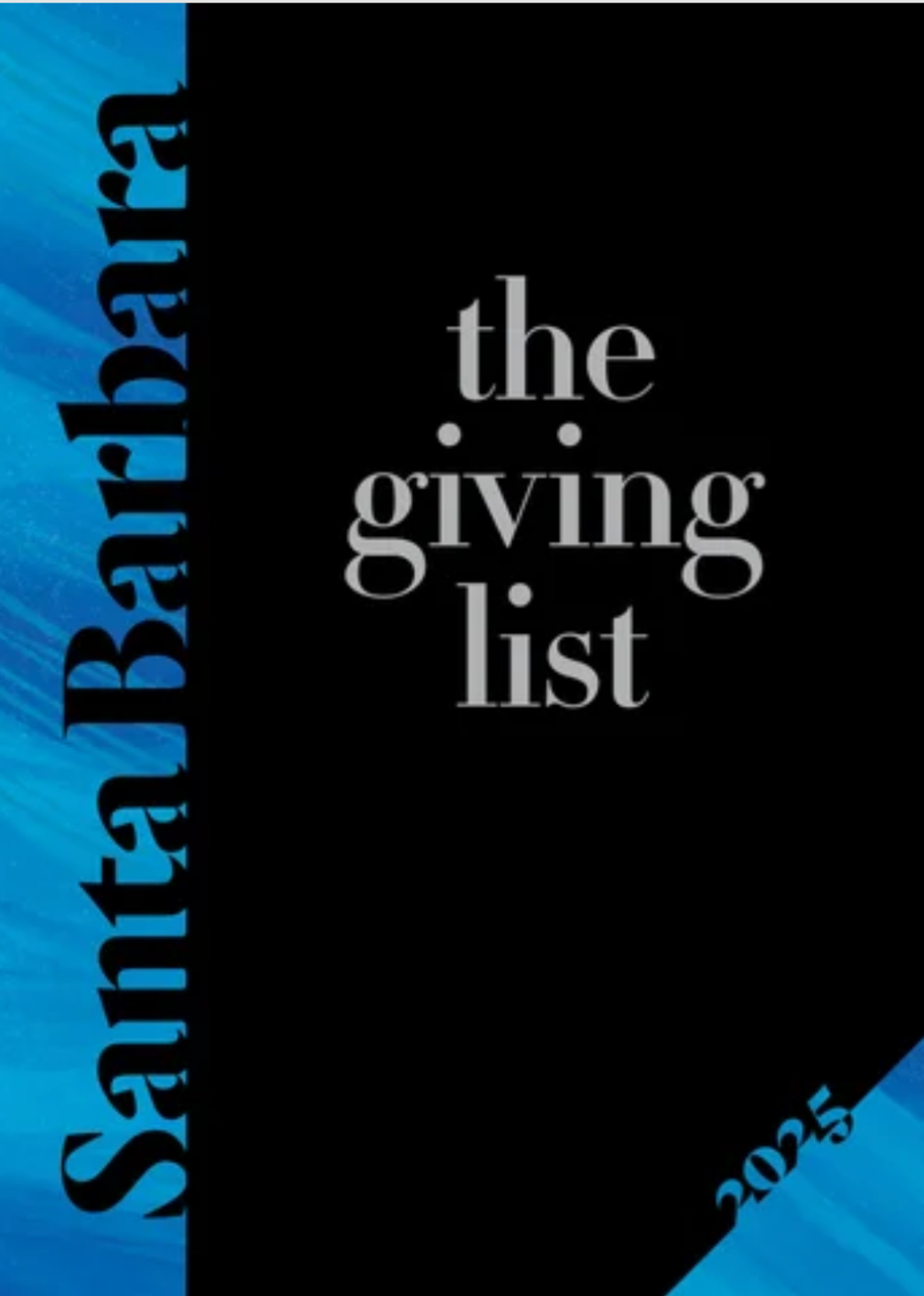
You must be logged in to post a comment.